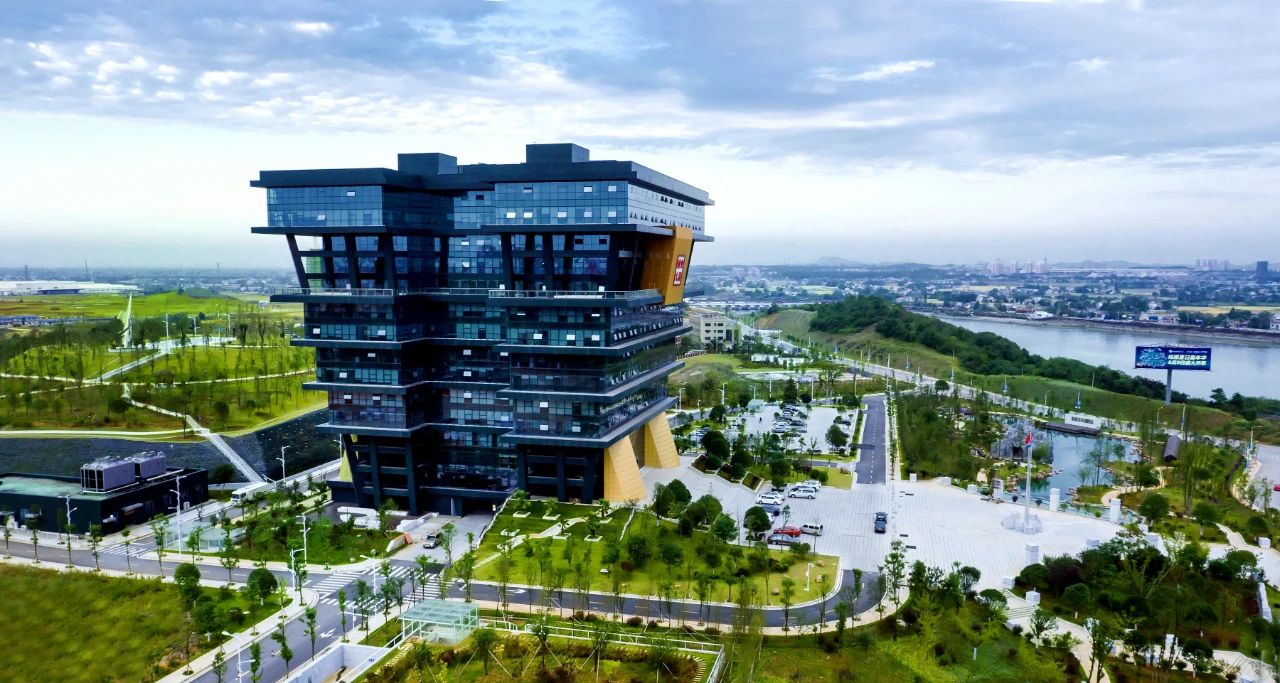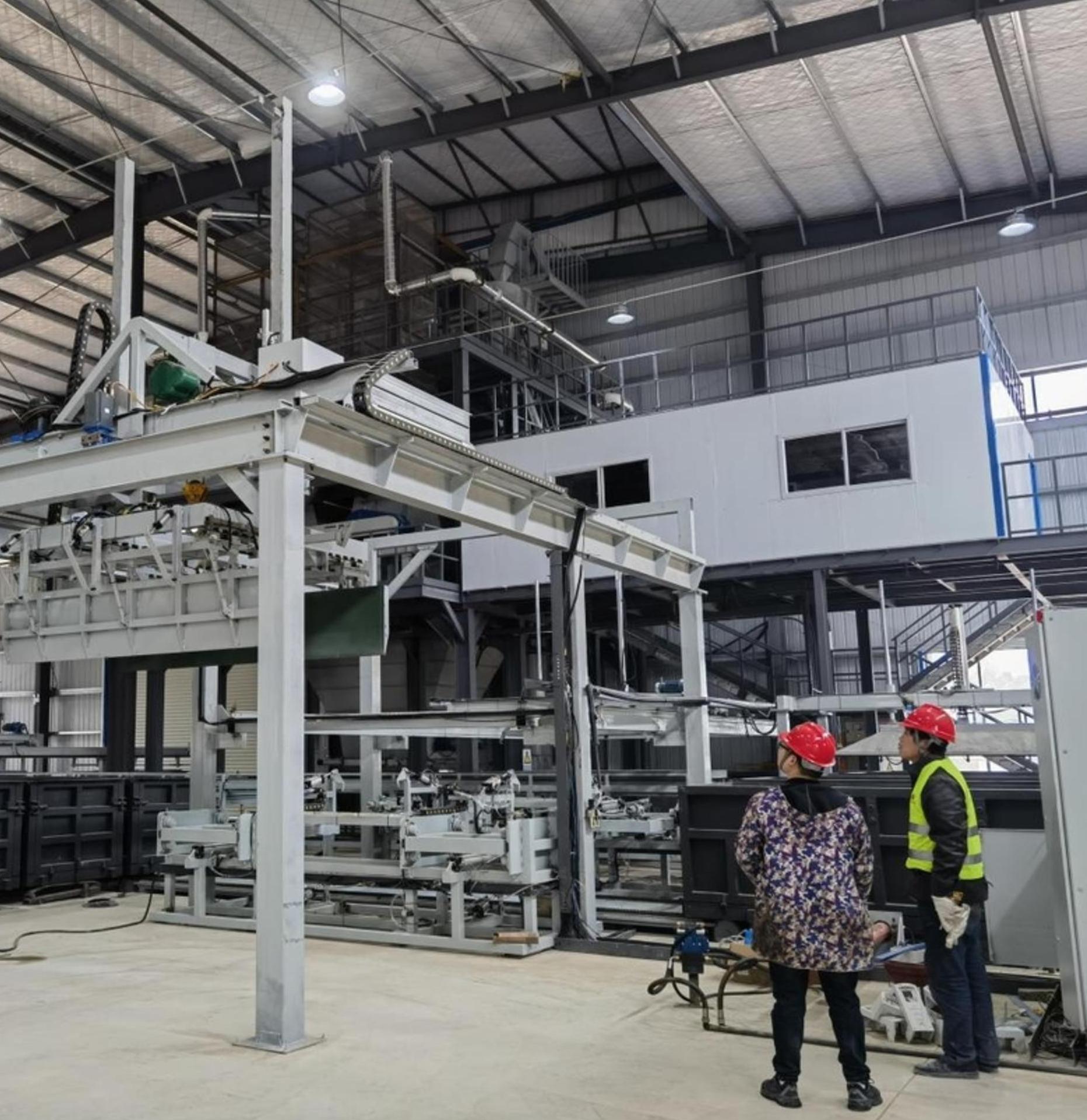Tanhe Li National Archaeological Site Park added to national list
On April 18, the National Cultural Heritage Administration organized a ceremony in Wuhan City of Hubei Province to award the fourth batch of national archaeological site parks, among which Tanhe Li National Archaeological Site Park was shortlisted in January this year, the only candidate in Hunan Province.
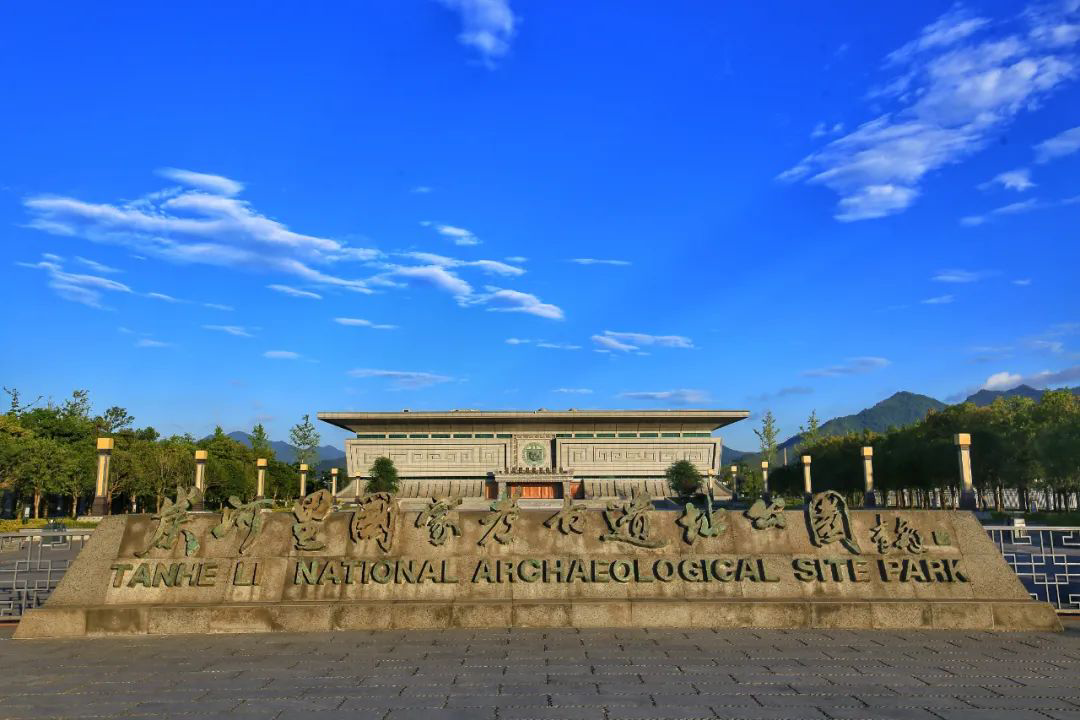
National archaeological site parks refer to specific public cultural spaces that are based on important archaeological sites and surrounding environments, with functions in terms of research, education, and recreation. They have national-level demonstration significance in the research, protection, and inheritance of archaeological sites, as an innovative integration of heritage protection into daily lives.
Since the start of the evaluation work in 2010, a total of 55 national archaeological site parks and 80 project approvals have been announced in four batches. Tanhe Li National Archaeological Site Park was approved in 2013 and underwent on-site research and evaluation by experts organized by the National Cultural Heritage Administration in August 2022. Subsequently, the administration issued a notice that announced the inscription of Tanhe Li National Archaeological Site Park.
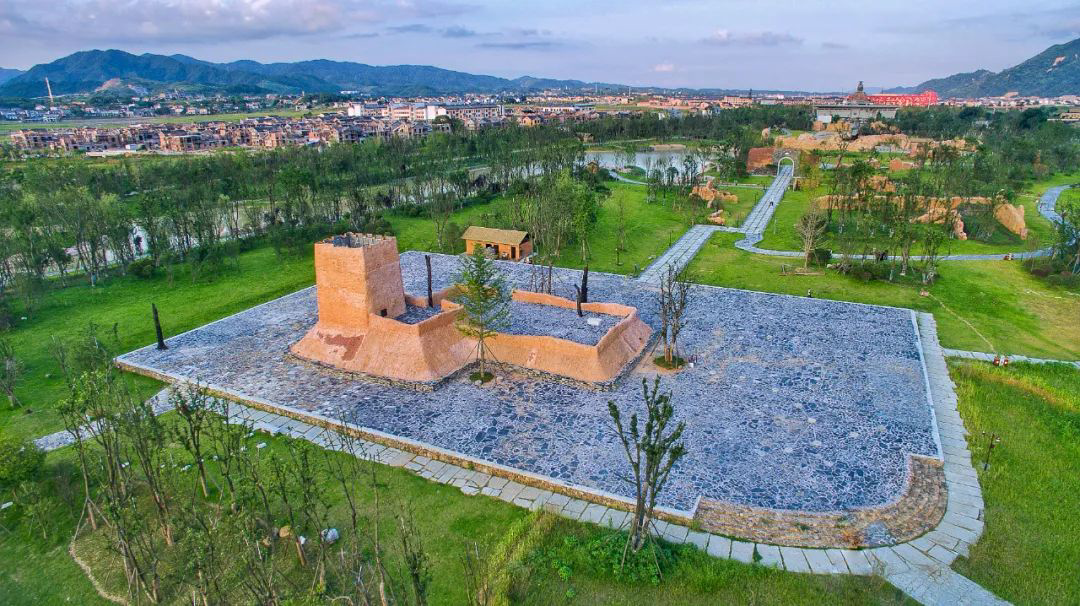
The park, located in Huangcai Town of Ningxiang City, is one of the few ancient city sites of the Shang-Zhou period nationwide and the only one in Hunan Province. It was discovered in early 1963 and has been excavated five times by archaeologists, proving that Tanhe Li Site was the capital of a state during the Shang and Zhou Dynasties.
Since the 1930s, a large number of bronze artifacts of the Shang and Zhou Dynasties have been unearthed at Tanhe Li Site and its surrounding areas, totaling more than 300 pieces, most of which were found within a radius of fewer than 2 kilometers from the site.
Currently, Tanhe Li National Archaeological Site Park covers a total area of 1965 mu (131 hectares), including the core area of the ancient city site, the Western Zhou Culture Corridor, the Huangcai River and Duanxi River landscape belts, as well as the square zone, museum zone, city site zone, and archaeological experience zone, forming a layout of "one core area, one corridor, two belts, and seven zones".
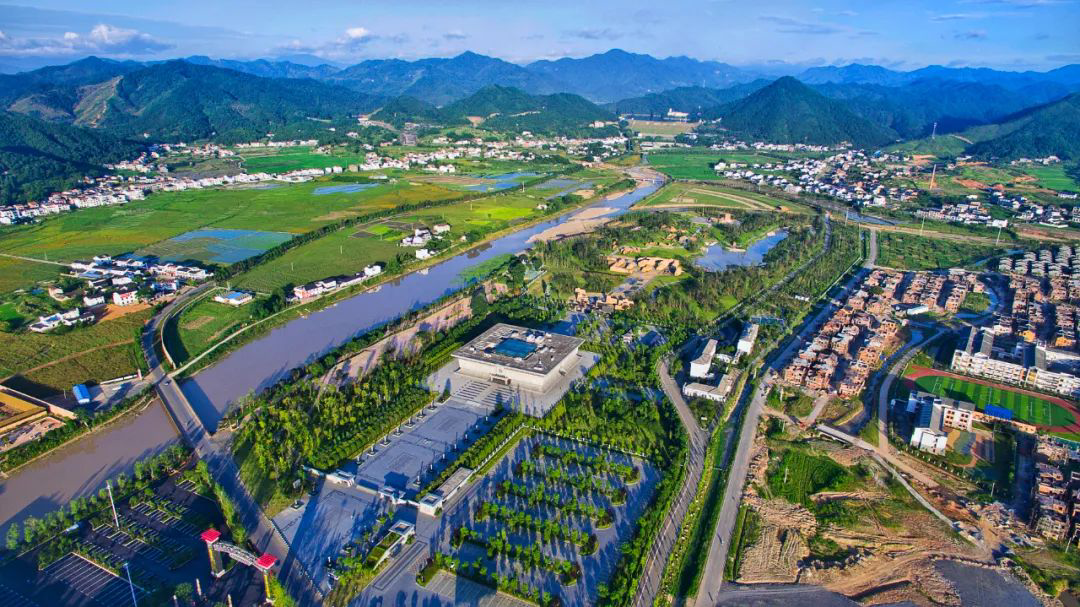
Tanhe Li Site is currently the earliest discovered city site during the Western Zhou Dynasty in southern China, representing the archaeological remains known as "Tanhe Li Culture".
The discovery of the site and its culture fill the historical gap of the Shang and Zhou periods in Hunan province and provide a wealth of materials for the study of then social production, economic life, social organization structure, and cultural exchanges in Hunan and the surrounding regions.
It is fair to say that the park not only has an irreplaceable position in Hunan civilization but a significant value in Chinese civilization.

National archaeological site parks refer to specific public cultural spaces that are based on important archaeological sites and surrounding environments, with functions in terms of research, education, and recreation. They have national-level demonstration significance in the research, protection, and inheritance of archaeological sites, as an innovative integration of heritage protection into daily lives.
Since the start of the evaluation work in 2010, a total of 55 national archaeological site parks and 80 project approvals have been announced in four batches. Tanhe Li National Archaeological Site Park was approved in 2013 and underwent on-site research and evaluation by experts organized by the National Cultural Heritage Administration in August 2022. Subsequently, the administration issued a notice that announced the inscription of Tanhe Li National Archaeological Site Park.

The park, located in Huangcai Town of Ningxiang City, is one of the few ancient city sites of the Shang-Zhou period nationwide and the only one in Hunan Province. It was discovered in early 1963 and has been excavated five times by archaeologists, proving that Tanhe Li Site was the capital of a state during the Shang and Zhou Dynasties.
Since the 1930s, a large number of bronze artifacts of the Shang and Zhou Dynasties have been unearthed at Tanhe Li Site and its surrounding areas, totaling more than 300 pieces, most of which were found within a radius of fewer than 2 kilometers from the site.
Currently, Tanhe Li National Archaeological Site Park covers a total area of 1965 mu (131 hectares), including the core area of the ancient city site, the Western Zhou Culture Corridor, the Huangcai River and Duanxi River landscape belts, as well as the square zone, museum zone, city site zone, and archaeological experience zone, forming a layout of "one core area, one corridor, two belts, and seven zones".

Tanhe Li Site is currently the earliest discovered city site during the Western Zhou Dynasty in southern China, representing the archaeological remains known as "Tanhe Li Culture".
The discovery of the site and its culture fill the historical gap of the Shang and Zhou periods in Hunan province and provide a wealth of materials for the study of then social production, economic life, social organization structure, and cultural exchanges in Hunan and the surrounding regions.
It is fair to say that the park not only has an irreplaceable position in Hunan civilization but a significant value in Chinese civilization.

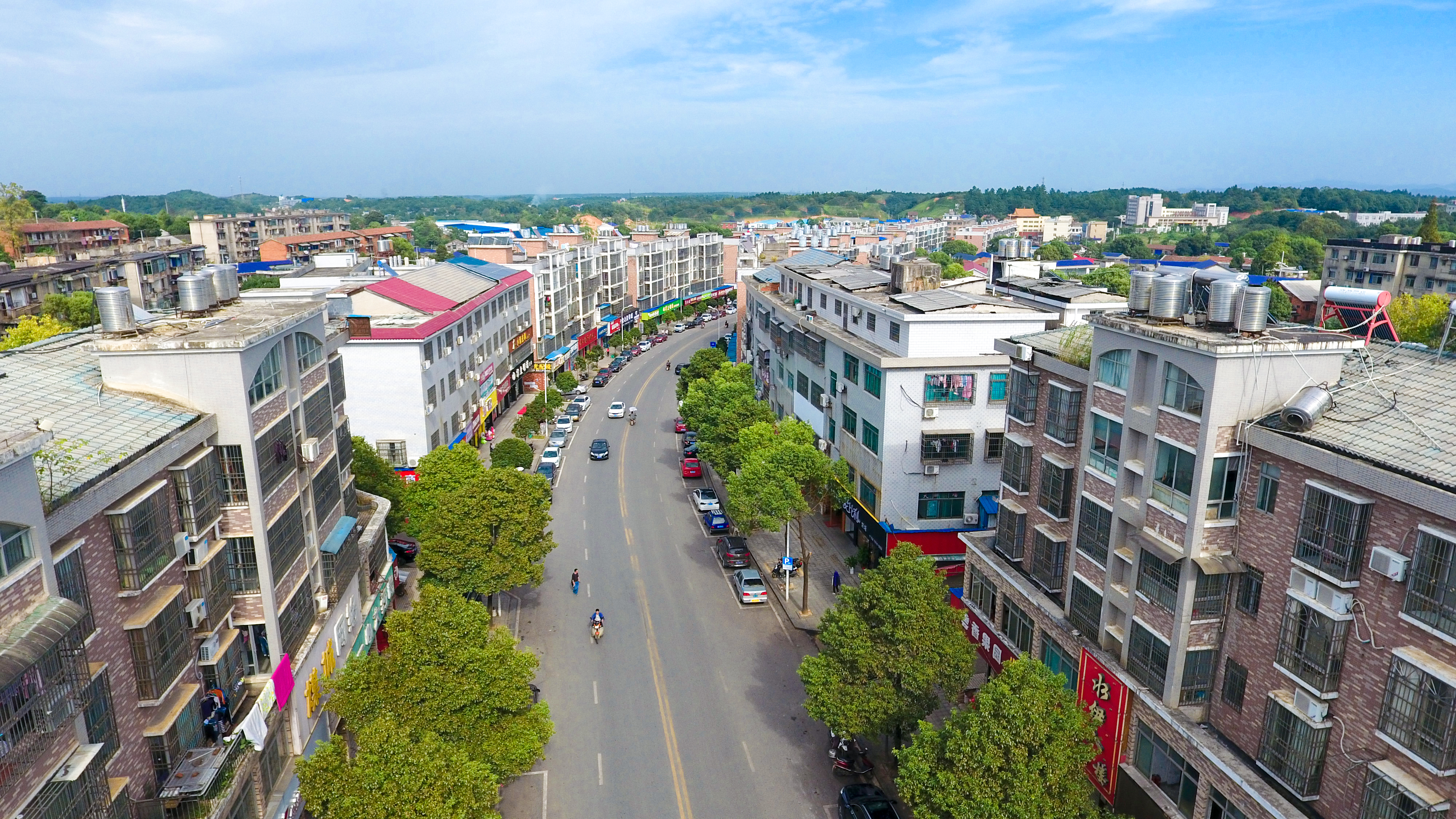 Ningxiang listed on China’s top 100 counties with comprehensive competitiveness
Ningxiang listed on China’s top 100 counties with comprehensive competitiveness  College welcomes a student of courage
College welcomes a student of courage  Changsha Blue Moon Valley Intelligent Home Appliances Industrial Town
Changsha Blue Moon Valley Intelligent Home Appliances Industrial Town 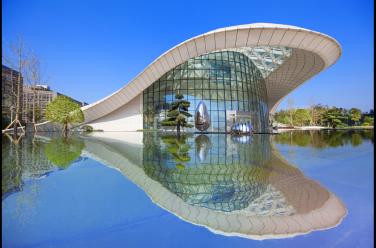 This is Ningxiang High-tech Zone
This is Ningxiang High-tech Zone 